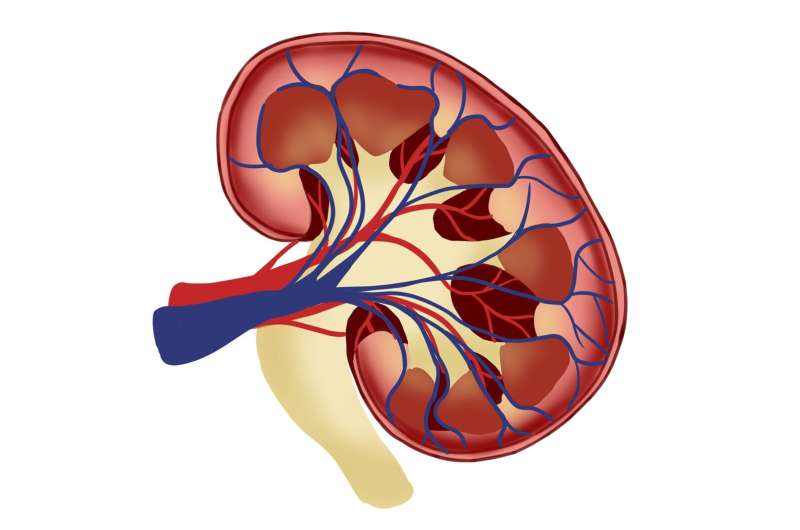Enhancing Pulmonary Nodule Surgery Precision with Combined Dye and Fiducial Marking Techniques

Recent advancements in minimally invasive thoracic surgery have introduced the innovative use of coupling dye and fiducial markers for improved localization of peripheral pulmonary lesions (PPLs). A study led by Dr. Ganesh Krishna, a renowned interventional pulmonologist at Sutter's Palo Alto Medical Foundation, highlights the effectiveness of this combined approach in preoperative lesion marking. The technique involves bronchoscopic placement of indocyanine green-soaked fiducial (ICG-F) markers, which are then visualized during surgery using near-infrared imaging.
This method was applied to 54 pulmonary nodules across multiple medical centers, including El Camino Hospital, Advocate Aurora Medical Center, Emory University, and UC Davis. Results showed that all ICG-F marked lesions remained visible during surgical procedures, even up to 13 days post-marking. Additionally, surgeries involving these marked lesions resulted in smaller resected specimens, suggesting more precise targeting. Although operative times increased by approximately 29 minutes due to meticulous dissection of complex structures, the enhanced localization may ultimately lead to better surgical outcomes.
The significance of this technique lies in providing accurate lesion localization for lung-sparing surgeries, particularly benefitting patients with undetectable or hard-to-reach nodules. It may also streamline workflow, enabling marking and removal within a single anesthetic session, and assist centers lacking immediate thoracic surgery access. Given lung cancer's status as the leading cause of cancer mortality in the U.S., improving early detection and precise resection techniques are vital. While the study’s retrospective design presents certain limitations, the promising results pave the way for future prospective trials to validate the safety and efficacy of combined dye and fiducial marking approaches.
This technological advancement could play a crucial role in improving surgical accuracy, reducing trauma, and potentially increasing survival rates through early and precise intervention.
Stay Updated with Mia's Feed
Get the latest health & wellness insights delivered straight to your inbox.
Related Articles
Enhanced Detection of Genetic Factors in Chronic Kidney Disease Using Multi-Marker Approach
A groundbreaking multi-marker approach enhances the detection of genetic factors in chronic kidney disease, offering new avenues for targeted treatments and improved understanding of kidney health.
New Insights into Cocaine Use Disorder and Potential Therapeutic Approaches
Researchers at Virginia Commonwealth University have identified a molecular mechanism in the brain that offers a new target for developing medications to treat cocaine use disorder, focusing on dopamine regulation and receptor interactions.
Immune Biomarker Predicts Risk of Heart Damage from Cancer Drugs
New research reveals immune biomarkers that can predict the risk of heart damage in cancer patients treated with immune checkpoint inhibitors, enabling personalized monitoring and safer therapies.
Study Reveals How Instigators Influence Aggressive Behavior in Mice
A recent study shows that the aggressive responses of male mice are strongly influenced by the identity of the social instigator, revealing complex social cognition in mammals. This research sheds light on how social recognition impacts aggression and behavior regulation.



